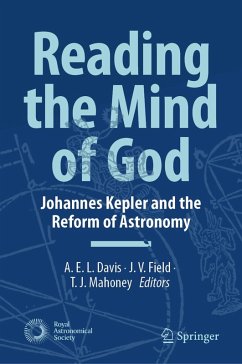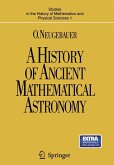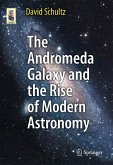Kepler is a major figure in the history of science. His laws of planetary motion overthrew a tradition, going back as far as the ancient Greeks, of constructing the paths of planets by combinations of circles; and the derivation of the laws was revolutionary in the way it relied upon detailed agreement with observations. Moreover, the laws explicitly relate the motion and path of each planet to the Sun. Thus, when the tables that Kepler based upon the laws proved to be highly reliable over many decades, this played a crucial part in making heliocentrism acceptable. And many years after Kepler's death the laws themselves played an important part in Newton's derivation of the inverse square law of gravitation in his Principia (1687). In this respect, Kepler can look 'modern'. But his work is grounded in his religious belief that the Universe is the visible expression of the nature of the God who created it.
This book, whose chapters are written by leading scholars, is primarily addressed to undergraduate and graduate students of science and the history of science but will also appeal to the general reader with an interest in the history of science.
Dieser Download kann aus rechtlichen Gründen nur mit Rechnungsadresse in A, B, BG, CY, CZ, D, DK, EW, E, FIN, F, GR, HR, H, IRL, I, LT, L, LR, M, NL, PL, P, R, S, SLO, SK ausgeliefert werden.









